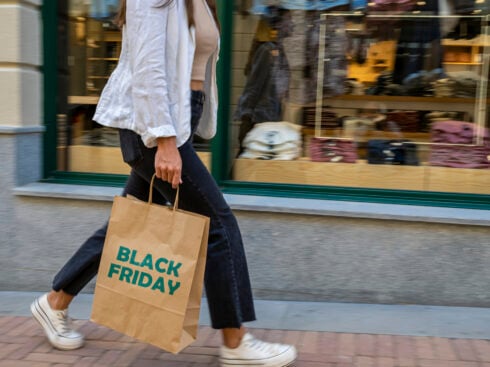THE discovery of the remains of a Neanderthal girl dubbed ‘Tina’, in the Cova Negra site in Xativa, in Spain’s Valencia, has allowed scientists to conclude that she had Down syndrome and was looked after by her prehistoric community.
The conclusions of the research team, which have been published in the magazine Science Advances, are linked to a congenital pathology of the inner ear, which was identified thanks to her preserved skull.
The condition would have been ‘probably debilitating’, according to the study, and is associated with Down syndrome.
“This child would have required care for at least 6 years, likely necessitating other group members to assist the mother in childcare,” the researchers write.

The Cova Negra cave site in Xativa has been excavated several times between 1929 and 2017, and has yielded human fossil remains dating from between 273,000 and 146,000 years ago, as well as materials from the Middle Paleolithic and Upper Paleolithic.
The remains of ‘Tina’, as the subject was dubbed, were found in 1989 among other bone remains of Neanderthals, many of them children.
The study concludes that she survived for more than six years thanks to the care and support from her community group.
Her condition would likely have included severe hearing loss as well as incapacitating vertigo.
“What was not known until now was any case of an individual who had received help, even if they could not return the favour, which would prove the existence of true altruism among Neanderthals,” Mercedes Conde, researcher of the Chair of Evolutionary Otoacoustics and Paleoanthropology at HM Hospitales and the University of Alcalá, told Cadena SER radio network.
“This is precisely what Tina’s discovery means,” she explained.
The researchers for the project were from the Valencia University, the Alcala University, and the Chair of Evolutionary Otoacoustics and Paleoanthropology from HM Hospitales.
Click here to read more News from The Olive Press.








